UPDATED: A Grade II-listed Victorian pub stripped of its roof by squatters. An 18th-century Greek temple locked behind fencing after vandalism. A medieval church racing to raise £150,000 to avoid closure. And a Capability Brown masterpiece fighting a tennis club in court.
Eight historic sites across Wandsworth remain on England’s national Heritage at Risk register, with Putney at the heart of a preservation crisis that has seen squatters strip buildings, owners sit on crumbling assets, and the borough fail to save a single site this year while London rescued 20.
The Former White Lion pub on Putney High Street tells the story most starkly. The name dates to 1636, but the current French Second Empire building – complete with ornate caryatids and a stone lion passant crowning its roofline – was built in 1887. For nearly 400 years, a White Lion has stood at Putney Bridge as coaching inn, hotel, and pub, hosting everyone from 18th-century travellers to Gary Numan, who played a gig here in 1978.
Now it sits empty after a decade of abandonment – permissions granted then lapsed, a new owner in discussions but asking too much, and the building stripped bare by squatters who walked off with the entire lead roof. The complex roof design means replacement costs are estimated at £1 million.
“It was a disaster area,” one witness told Putney.news after the June eviction. “Bags of rubbish, debris, flies throughout. Heaps of rubble dumped in the basement. And the roof: completely gone. Fireplaces and historic features missing.”
The damage escalated Wandsworth’s heritage problems from neglect to crisis. Without a watertight roof, the Grade II-listed building now faces accelerated decay with every rainfall. And the repair bill, which is already substantial for a decade of abandonment, has jumped dramatically, making the owner’s asking price even more unrealistic and a viable conversion ever more distant.
PC Rachel Parry arrested one culprit: catching the first squatter out of the building who has been seen carrying stolen lead roof tiles. He’s up on burglary charges.
A decade of failed promises
The White Lion’s decline reveals how heritage protection can fail even when the law seems clear. Its Grade II listing in 1983 recognized the French Second Empire architecture – red brick with stone dressings, elaborate iron roof cresting, and a succession of pilaster orders rising through four storeys. The building featured canted bows with stone balconies, a pedimented centre bay, and those distinctive caryatids supporting the upper floors.
It also boasted large meeting rooms and bowling saloons, making it a Victorian social hub at the southern end of Putney Bridge. The architectural historian Ralph Rylance praised it in his 1815 guidebook “The Epicure’s Almanack,” recommending travellers stop at the White Lion for “a good dinner drest here to order, in which order you ought not to forget to include stewed eels, or fried flounders.”
The pub closed in 2015, entering a limbo that would stretch across three general elections, two pandemics, and countless planning discussions.
Planning permission and listed building consent came in 2016 for conversion to a hotel and pub. Hope flickered. Then nothing. The permissions were renewed in 2019: another chance. More silence. By 2024, both had lapsed again.
A new owner purchased the building and began discussions with the council in March 2024, according to Historic England’s records. Property guardians moved in to secure the site. But by summer 2025, squatters had taken over, stripped the building, and disappeared into the night with thousands of pounds of lead.
The building now sits in “poor” condition with “slow decay” and “no solution agreed,” according to the 2025 Heritage at Risk register published today. Its prominent High Street location makes the failure particularly visible: a daily reminder to every Putney resident and shopper of the limits of heritage protection.
Wandsworth Council has granted planning permissions (most recently renewed in 2019) and provided Article 4 Direction protection in 2017. But with a commercial owner, the council’s powers are limited. Permissions lapsed without implementation, squatters caused criminal damage, and the building sits empty while the owner and market determine its fate.
The White Lion demonstrates a hard truth about heritage conservation: even with legal protections and council engagement, privately-owned listed buildings can languish when owners don’t act and viable economic uses prove elusive.
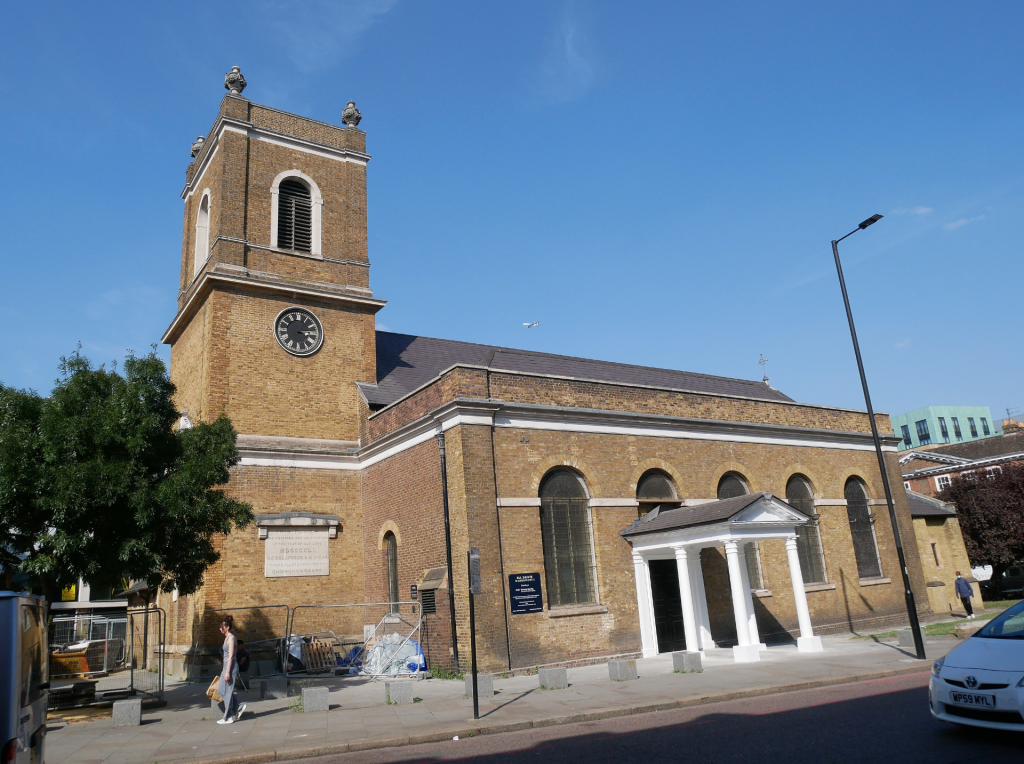
When Churches crumble
Five miles north on Wandsworth High Street, another Victorian structure faces existential threat, though this one dates back 800 years.
All Saints Church, the original parish church of Wandsworth with vicars recorded since 1243, has been classified Priority A on the heritage register: immediate risk of further rapid deterioration with no solution agreed.
The Grade II* building, designated “more than special interest” by Historic England, faces potential indefinite closure after contractors discovered extensive dry rot during routine repairs in 2024. What began as £120,000 maintenance escalated to £600,000 when workers found major structural beam deterioration.
The current church dates from 1779-80 when surveyor William Jupp rebuilt it, though the tower originates from 1630. Inside, the galleried design features a tunnel-vaulted ceiling supported by marbled wood Doric columns in the Robert Adam style: refined Georgian elegance that has witnessed centuries of Wandsworth history.
John Wesley, founder of Methodism, married here. H.G. Wells, the science fiction writer who penned The War of the Worlds and The Time Machine, tied the knot at All Saints. The building houses a brass commemorating a soldier of King Henry V and monuments dating to the 1620s. The frieze and enriched cornice demonstrate 18th-century craftsmanship at its finest.
Now dry rot affects a major structural roof beam and two other areas, with deterioration so extensive that building work suspended in 2024. The Parish of Wandsworth faces a £150,000 funding gap and a three-month deadline.
The church continues worship services despite suspended construction, maintaining a steady stream of visitors while racing against time. Revd David Simpson, appointed in 2023 from Holy Trinity Brompton, leads the “Help Save All Saints” fundraising campaign alongside the Christ Church All Saints congregation planted in 2019.
Insurance claims, legacies, and grants have provided partial funding. But without the critical £150,000, this Priority A site risks becoming another heritage statistic: a functioning church forced to close, a community losing its historic heart.
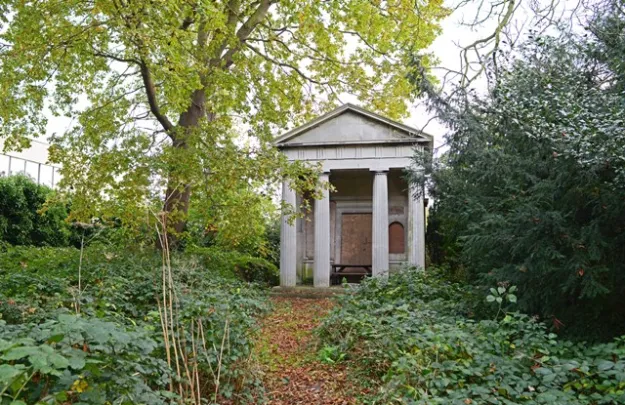
Roehampton’s hidden treasure
Not all decay happens in plain sight. Behind temporary fencing on the Alton Estate sits one of Roehampton’s architectural treasures: a Grade II* Greek Doric temple dating from 1762-69 with sculptured panels and a frescoed ceiling.
The Temple in the grounds of Mount Clare represents Georgian artistry at its peak. Modelled on illustrations from Stuart and Revett’s “The Antiquities of Athens,” it features coved frescoed ceiling and elaborate sculptural work. It was possibly designed by Sir William Chambers, brought here from Bessborough House in 1913.
The temple sits within the grounds of Mount Clare, the Grade I listed house built in 1772 by Sir Robert Taylor for politician George Clive, with gardens landscaped by Capability Brown himself. Today the estate serves as University of Roehampton accommodation, the temple a fragmentary reminder of the grand landscape that preceded the Alton development.
Vandals struck in 2017, causing damage that pushed the already neglected structure to “very bad” condition. The university secured the site with perimeter fencing; temporary planning permission renewed in 2021. Tree damage hit the fence and roof in 2022, now rectified.
A staged repair programme is underway, moving the site to Priority F status: repair scheme in progress. But Historic England’s assessment is blunt: “further funding needs to be identified for full restoration, including of the interior decoration which includes fragile sculptured panels and a frescoed ceiling.”
The temple remains locked behind fencing, a hidden architectural gem deteriorating while plans and funding slowly coalesce. It’s been on the heritage register since at least 2017: eight years of “very bad” condition, eight years of Roehampton University ownership, eight years of incomplete solutions.
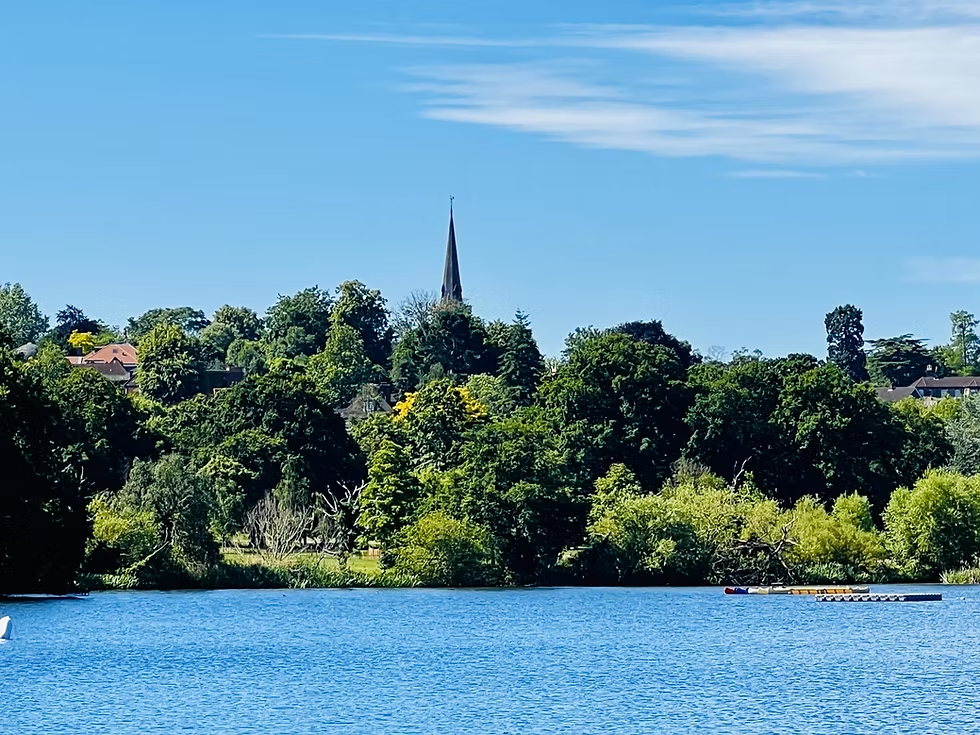
The Capability Brown battlefield
The fourth Putney-area site on the register dwarfs all others in scale, cost, and controversy: Wimbledon Park, Capability Brown’s masterpiece landscape now at the centre of a £200 million legal battle.
The Grade II* Registered Park and Garden has languished on the Heritage at Risk Register since 2016 due to lake deterioration and divided ownership. Its 12-hectare artificial lake was one of London’s largest, formed between 1764-1780 when the 1st Earl Spencer commissioned Brown to transform formal Renaissance gardens into naturalistic parkland with rolling landscapes and designed vistas.
Today the park faces what campaigners call an existential threat: the All England Lawn Tennis Club’s approved expansion project to build 38 new grass courts and an 8,000-seat stadium on the former golf course land.
The battle reached the High Court in July 2025, with the Save Wimbledon Park campaign mounting a judicial review during Wimbledon fortnight itself. Though the court dismissed their challenge, the group vowed to appeal and pursue a second case in January 2026 over whether the land remains subject to a statutory public recreation trust.
At stake is whether 1993 restrictive covenants requiring the land to be kept open and undeveloped still protect the park, or whether “special circumstances” allow the tennis club to nearly triple its grounds on Metropolitan Open Land, the urban equivalent of green belt.
The controversy intensified recently when Lord O’Donnell, who sits on the AELTC board, sponsored a House of Lords amendment that would retrospectively validate the 1993 sale and remove statutory trust protections: potentially ending the legal challenge just weeks before the January court date.
Wimbledon and Putney MPs condemned the move as “scandalous” and a “back door attempt to secretly rewrite the law.” The amendment would affect the park days before its latest court test, with critics calling it a blatant conflict of interest. It was withdrawn after cross-party opposition.
For campaigners, it’s not just about tennis. It’s about whether protected green space means anything when powerful organisations want to build, whether 30-year-old promises can be broken, and whether a Capability Brown landscape that was already on the heritage register for nearly a decade, will be lost to commercial development.
Historic England lists the site as Priority A: no action or strategy identified or agreed, with the trend declining or unknown. The lake continues deteriorating. The ownership remains divided. And now courts will decide if the park survives at all.
The accountability gap
Wandsworth’s record stands in stark contrast to London’s broader success. While the capital rescued 20 heritage sites from the register this year, including renovated Bruce Grove public toilets now serving as a Tottenham café and the Upminster Tithe Barn with its restored thatched roof, Wandsworth contributed zero removals.
The borough’s eight remaining sites span Priority A urgent cases requiring immediate action (All Saints Church, Wimbledon Park), Priority F sites with repairs underway but needing more funding (Mount Clare Temple, Springfield Hospital), and Priority C sites in slow decay with no agreed solutions (White Lion, Battersea Park Station, Queenstown Road Station, 100 Tooting Bec Road).
What happens next
The White Lion’s future depends on whether its new owner can secure fresh planning permissions and financing for conversion; now complicated by a dramatically higher repair bill after the roof theft. Without action, the Victorian landmark will continue deteriorating in plain sight on Putney’s main shopping street.
All Saints Church needs £150,000 within three months to avoid indefinite closure. The congregation continues fundraising while the building sits suspended mid-repair, dry rot spreading through structural beams that hold up an 18th-century ceiling.
Mount Clare Temple’s repair programme continues under Roehampton University stewardship, though “very bad” condition suggests substantial work remains. The frescoed ceiling and sculptured panels wait behind fencing for the day restoration completes and the public can finally appreciate this hidden Georgian treasure.
Wimbledon Park faces a January 2026 court date to determine if a statutory public recreation trust protects the land from development. If that fails, campaigners warn, Capability Brown’s landscape will be lost to a decade of construction and an 8,000-seat stadium on protected Metropolitan Open Land.
Historic England’s co-CEOs Claudia Kenyatta and Emma Squire said: “The heritage we see all around us impacts how we feel about our local places. The best way to protect our buildings is to reuse them, turning them into places of local connection and joy.”
The eight at-risk sites in Wandsworth
Priority A – Immediate risk:
- Church of All Saints, Wandsworth High Street – Grade II*, very bad, needs £150,000 within three months to avoid closure
- Wimbledon Park – Grade II*, major problems, facing AELTC development despite restrictive covenants
Repair schemes in progress (Priority F):
- Temple in grounds of Mount Clare, Roehampton – Grade II*, very bad, vandalized 2017, secured but needs additional funding
- Springfield Hospital main building, Tooting – Grade II, fair condition, major restoration underway
Slow decay, no solution (Priority C):
- Former White Lion, Putney High Street – Grade II, poor, empty since 2015, roof stolen by squatters in 2025
- Battersea Park Station – Grade II, fair condition, needs accessibility work
- Queenstown Road Station – Grade II, poor, main building deteriorating despite operational use
- 100 Tooting Bec Road – Grade II, fair condition, compliance issues with owner
Correction. 10.50am, 7 Nov: An earlier version of this story included a line stating “councils need to enforce” immediately after the White Lion section. As a reader correctly pointed out, this placement unfairly implied Wandsworth Council had failed in enforcement duties regarding the White Lion. The council has in fact granted planning permissions (2016, renewed 2019), provided Article 4 Direction protection (2017), and is in discussions with the building’s owner.
The White Lion’s decay results from owner inaction and market failure, not council enforcement failure. While Historic England does note enforcement challenges at one Wandsworth site (100 Tooting Bec Road), even there the register acknowledges “Officers of the Council have spent considerable amounts of time on this case.” The story has been amended to accurately reflect the council’s actions and the actual causes of the White Lion’s deterioration.


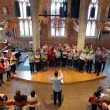




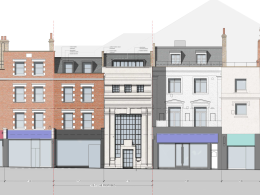

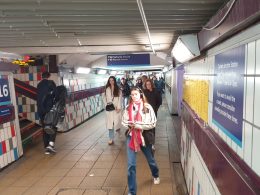
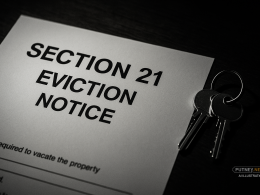
In writing about the White Lion site on Putney High Street, the article uses the term “councils need to enforce”, which would seem to imply that Wandsworth Council are somehow at fault for the condition of a privately owned building.
What exactly are the Council supposed to have enforced? Have they actually failed to enforce anything?
You’re absolutely right to challenge that. The line “councils need to enforce” was poorly placed immediately after the White Lion section, creating an unfair implication that Wandsworth had failed when there’s no evidence they did. The White Lion’s problems are owner and market failures, not planning failures.
Historic England often has pointed criticism about councils’ failure to maintain properties or enforce actions and that’s what the line was intended to capture.
In Wandsworth’s case, it is only the 100 Tooting Bec Road site where there was enforcement failure but even there Historic England concludes that: “Officers of the Council have spent considerable amounts of time on this case because of the initial non-compliance with enforcement action at each stage by the owner.”
When it comes to the White Lion, Wandsworth Council has actually been quite active:
* Granted planning permissions in 2016 and renewed them in 2019
* Provided Article 4 Direction protection in 2017 to prevent conversion without permission
* Is seemingly in discussions with the new owner who purchased in March 2024
The building’s decay stems from owner inaction and asking price, not from any council enforcement failure. So, yes, you’re right to call us out on this line.
We’ll correct the story to reflect this and add a correction note. Thank you for holding us to account.
Thanks Kieron, appreciate your detailed reply, correction and correction note. Impressive! Gerry